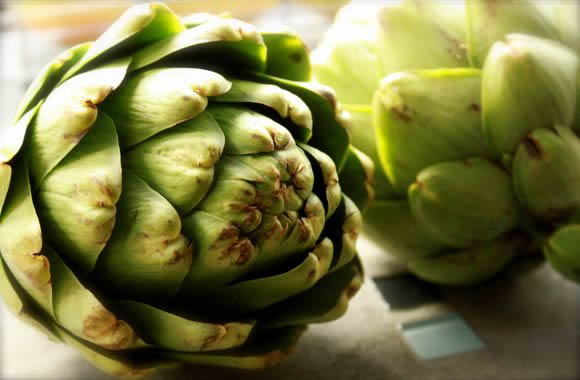This is my personal favorite. And I assure you it will quickly become yours. In my opinion there is nothing more delicious than eggplant dishes.
Ingredients:
2-3 pounds of lamb or lamb shanks with bones (alternatives are chicken or beef or vegetarian)
– it is however most delicious with lamb shanks
1-2 large eggplants
1-2 tomatoes
1 teaspoon turmeric
1 large onion
2 tablespoons salt
2-3 tablespoons tomato paste
1/4 cup water
4 tablespoons powdered Persian dry lime (limoo amanee) or 4 tablespoons lemon juice
1 pinch of cinnamon (optional)
Instructions:
1. Peel the eggplants, cut into 2 by 4 inches. Sprinkle with salt and set aside for about an hour or longer to let the eggplants ‘perspire’. This takes the water out of the eggplant and in return the eggplant will have less of a sponge effect when frying.
2. Cut your meat into small pieces. If you use lamb shanks leave whole.
3. Chop onions into small pieces and fry with olive oil until golden yellow.
4. Add meat to the onions and fry just until the meat and brown. Once the meat is brown on the outside add 1/4 of water and tomato paste (diluted in hot water), Persian dried key lime, salt and pepper to taste.
Note: you can also add whole tomatoes at this point in addition to the tomato paste.
5. Cover and simmer over medium heat for 1.5 hours or less depending on meat used.
Meanwhile the eggplants will be wet. I usually wash them to get rid of the salt and dry with paper towels.
1. Saute the eggplants in olive oil (or oil of choice) OR for a healthier version bake.
Note: The traditional version of this dish requires you to fry the eggplants. Eggplants soak in a lot of oil and therefore can require a lot of oil to cook. As a healthier alternative I like to rub eggplant pieces with olive oil and bake them in the oven. However, I have to admit that the original version made my my mom and grandma with heavily soaked eggplants is WAY more delicious. So I recommend you try the original version before the healthy version to soak in the true taste of this dish.
2. Once the eggplants are ready (golden brown on both sides) drain on paper towels. Arrange carefully on top of the stewed lamb and simmer for 15 minutes. Be careful not to break the slices. Do not attempt to mix the stew at this point as the eggplant will be delicate and will rupture.





